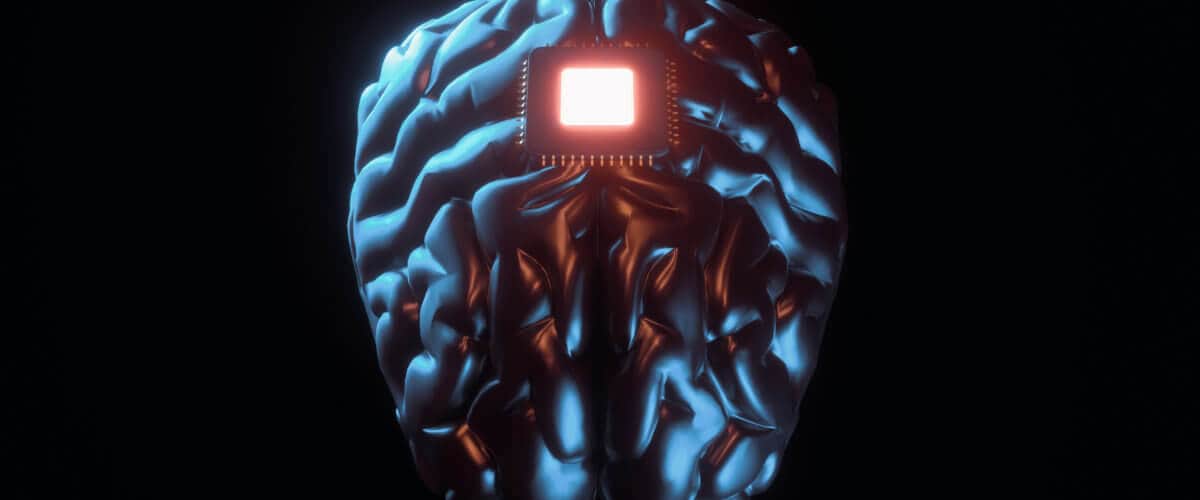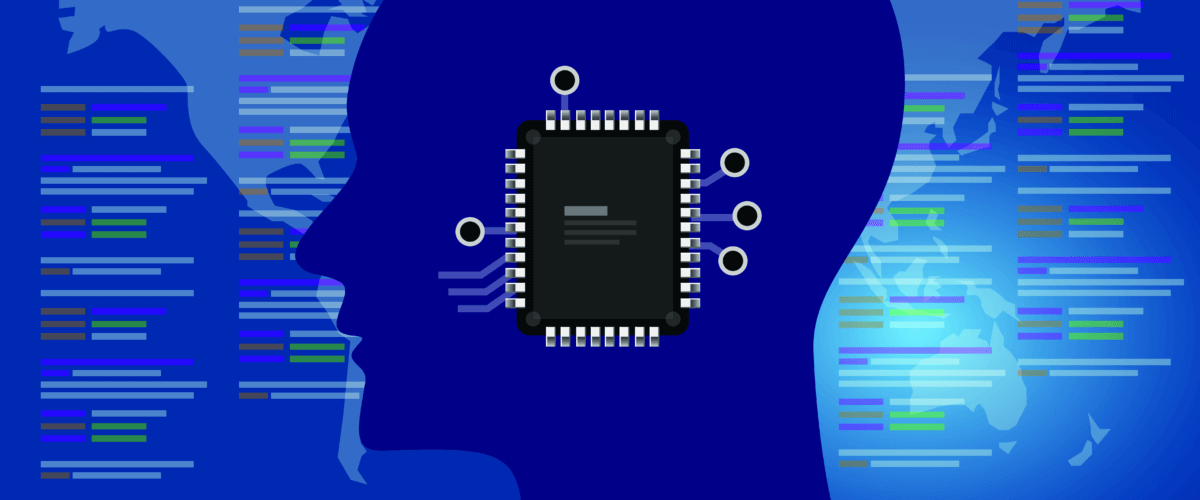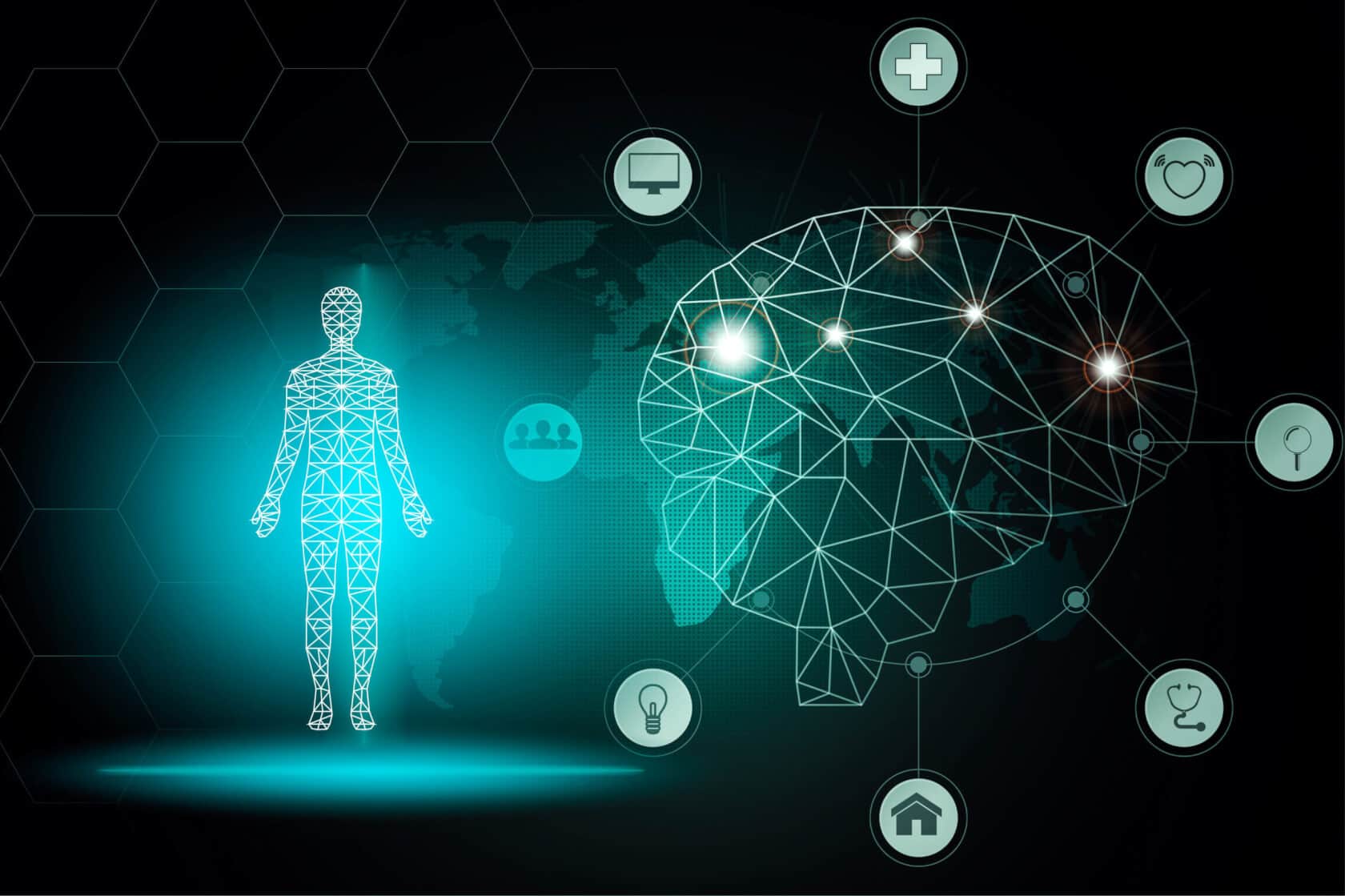A few years ago, it seemed unimaginable for us to have a life where we were able to operate digital devices with just our thoughts. It would sound like a perfect pitch for a science fiction movie, but not for a real life. Today, we are already at the dawn of such a reality.
The Hastings Center Report on the publication Implantable brain chips? Time for debate published in 1999 predicted today’s reality, stating that “we have long used mechanical devices to compensate for physical disability. However, it may be possible to augment mental capacity to add memory or upgrade processing power. We should ponder the enormous moral implications of machine-assisted mind now before it is accomplished.” At the present time, in 2022, Neuralink announced that they are ready to go for a human brain implant that would help communicate with devices using the power of the brain.
How Does It Work?

Neuralink brain implants will connect the human brain directly to computers. According to the founder and CEO of Neuralink, Elon Musk, the primary goal is to assist paraplegics in regaining their independence and allow them to carry out actions on their own. In the long run, the technology will not only be used to cure neurological disorders but also be used to store memories, allowing people to revisit their beautiful memories and also delete the most painful ones.
The Neuralink company reported that they are designing the first neural implant that will let people control computers and mobile devices anywhere they go. It will be possible to interact with the Neuralink devices by pairing them with our digital devices just like any other connectible gadget. Communication will be based on neural activity in the brain.
According to the company, micron-scale threads are inserted into parts of the brain that control movement. Each of these threads contains many electrodes that connect them to an implant, the Link, which processes, stimulates, and transmits neural signals. The proposed method of inserting the Neuralink device is going to be executed by a robotic system that neurosurgeons can use to reliably and efficiently install the threads.
The Neuralink device is charged by a small inductive charger that connects to its charger wirelessly from the outside, while we sleep. It also comes with its own Neuralink app, which would allow us to operate iOS devices, keyboards, and mouse directly using only our mind.
Skepticism About the Technology

The science of the brain interface is not new. It is the result of a long evolution of science, since the Cochlear implant in the 1960s. If it succeeds, it will be a huge leap forward for brain implant technology. Engineers from Neuralink recently released the results of their experiment on Neuralink monkeys, which learned to interact with the computer and play the video game Pong just by their thoughts. They also affirmed that they are ready to move to clinical trials on humans. But the technology has been receiving criticism from scholars since its earliest endeavors.
The popular skepticism is about the privacy implications of the technology. Since implantable chips have the potential to essentially make humans connect to digital devices at all times, people will be susceptible to privacy breaches and government surveillance. After all, allowing technology to read our minds would be a joke on our security and freedom of thought. As a result, it is proposed that establishing regulatory privacy policies on the use of implants and how to use information that will be generated from the devices should be considered prior to the mass production of the technology.
According to the International Journal of Engineering Research & Technology (IJERT), which published an article on The Future Technology, the most significant technological advances we are witnessing today are primarily in the areas of incurable diseases, the large volume of data produced, and the speed at which data is processed. Since humans are in a position where they are unable to process such massive amounts of information in a timely manner, it is essential to accept assistance in the form of algorithms. Brain implants are revolutionary and believed to provide such assistance.
The Future with Brain Implanted Humans

Currently, Neuralink is still in the experimental phase. The company itself announced that they are facing challenges in scaling up the number of electrodes in the implantable chips while also developing a safe and effective clinical system that users can take home and operate by themselves. They also stated that they had lately made engineering advances to address their challenges.
In the future, if humans are to walk around with implanted brain chips, they would function like computers. Humans will be able to download applications into their brains and learn any skill in no time, backup beautiful memories and rewrite the bad ones, have enhanced senses or even install additional senses from other species, have full control of their emotions and their devices, migrate their consciousness to any time in the future… Simply put, Neuralink has mind-blowing infinite possibilities that might turn humans into superhumans.
Photo: Jones M/Shutterstock
You might also like:
Support us!
All your donations will be used to pay the magazine’s journalists and to support the ongoing costs of maintaining the site.
Share this post
Interested in co-operating with us?
We are open to co-operation from writers and businesses alike. You can reach us on our email at cooperations@youthtimemag.com/magazine@youthtimemag.com and we will get back to you as quick as we can.









